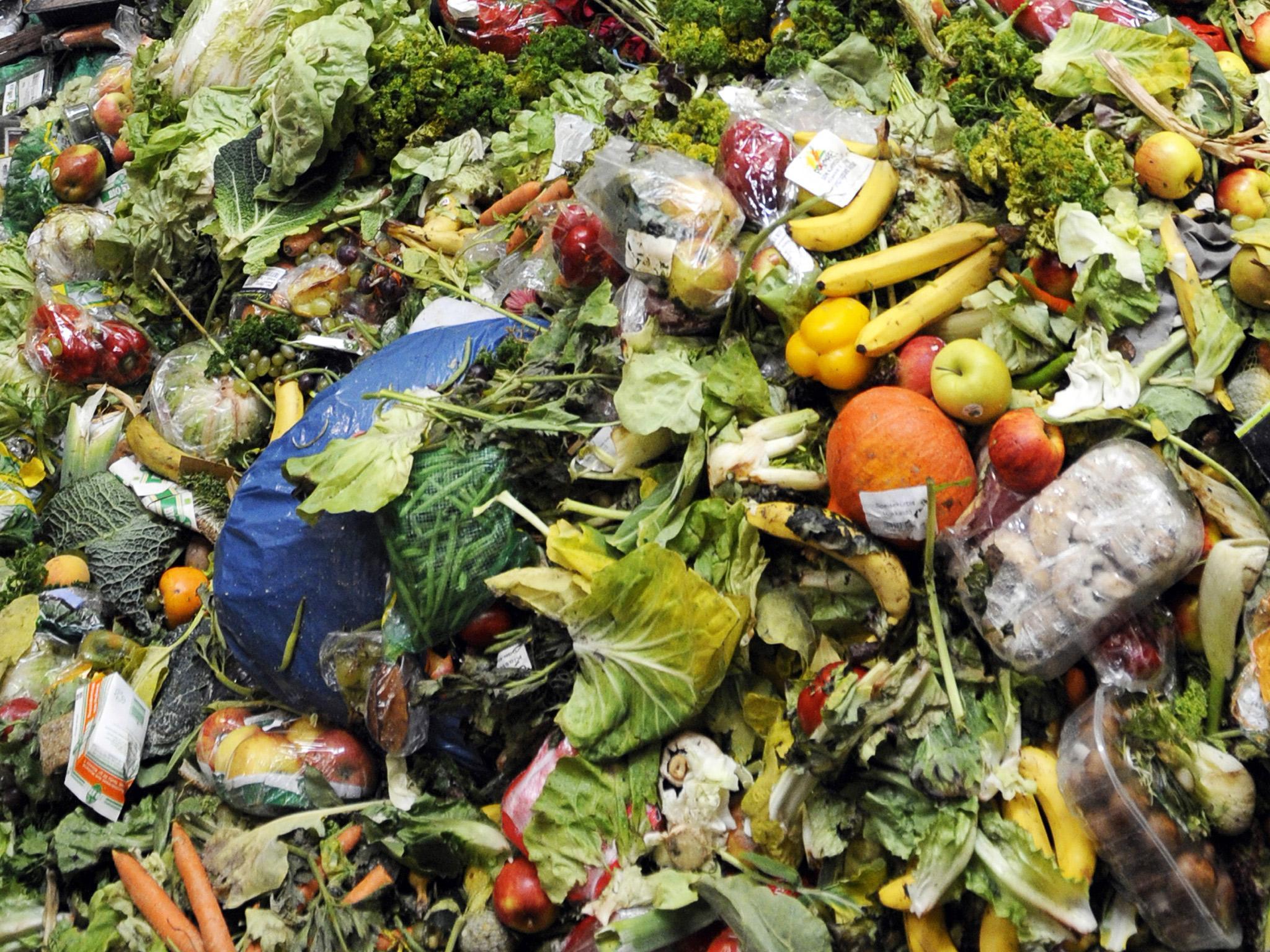 Food waste is a topic that many people are uninformed about, but its impacts and degree of severity are increasing, especially in the college setting. Many dining halls are all-you-can-eat buffet style, allowing students to eat however much they want with one single swipe. The problem with this system is that often times people have eyes bigger than their stomachs, and they tend tend to take way more food than they can eat.
Food waste is a topic that many people are uninformed about, but its impacts and degree of severity are increasing, especially in the college setting. Many dining halls are all-you-can-eat buffet style, allowing students to eat however much they want with one single swipe. The problem with this system is that often times people have eyes bigger than their stomachs, and they tend tend to take way more food than they can eat.
As a college student myself, I see this happening almost every day. After a day studying at the library, chowing down at the nearest dining hall can be a real treat, and many students have a tendency to take advantage of the seemingly unlimited amounts of food. They walk over to their table with plates of food, even if they only intend to have a few bites. There’s fault at both ends of the spectrum: the server and the consumer. The server allots the same amount of food to everyone, unless otherwise specified, which leaves a lot of room for unnecessary food waste because not everyone wants or can eat the amount they give. The consumer wants to taste everything, but might not be able to keep up with serving sizes that the workers give.
The result of these two flaws in the dining hall system is an incredible amount of food waste. When you think about it, this is happening all over the country, and not even just in dining halls; it happens in grocery stores, restaurants, private homes, hospitals, and essentially anywhere that food is consumed. It is estimated that nearly 50%, or 60 million tons, of produce in the United States is thrown away annually. Out of American landfills, wasted food is the largest occupant. Grocery stores won’t sell an apple with a small bruise and people won’t buy them, even if they’re harmless to our bodies.
The worst part of the large amount of food waste in the US is that much of it doesn’t even need to be there. If people started to become more mindful of the amounts of food they’re serving but not consuming, we could limit this unnecessary surplus of waste drastically. Next time you’re in a situation similar to a college dining hall, think about how much you’re taking and the impact you can make on the earth with small actions like these.

https://www.theatlantic.com/business/archive/2016/07/american-food-waste/491513/

Excellent post. Thanks for creating awareness about food waste.